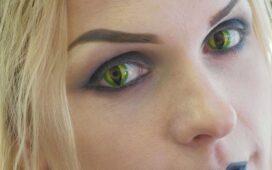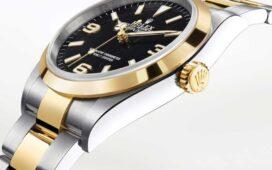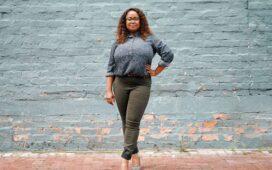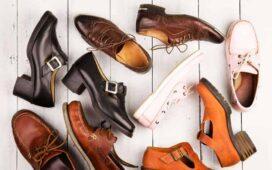On 28 June 1969, in the early hours of the morning, police raided the Stonewall Inn in New York City’s Greenwich Village. The mafia-controlled gay bar was a haven for those looking to express their sexuality openly for a few hours before returning to the repression of daily life.
At the time, it was illegal to engage publicly in gay behavior in New York, so the Stonewall Inn and similar establishments provided a much-needed outlet for members of the LGBTQ+ community.
The Stonewall Riots
Raids on gay bars were par for the course in the 1960s, but the Stonewall raid on 28 June was different. Usually, tip-offs made to the mafia meant the riots were expected – but not so with this one. The police stormed into the Stonewall Inn and roughed up patrons and employees alike. They arrested 13 people, with one police officer hitting a lesbian over the head as he tried to force her into a waiting police van.
It turned out to be a trigger moment. Those ousted from the bar, who were milling around in the street as the raid unfolded, took up the injured woman’s call to arms, with hundreds rioting. The volatile situation saw the police and a number of prisoners barricaded within the Stonewall Inn, which the rioters then set on fire.
While that night’s riot was quelled by the arrival of a riot squad, alongside the fire department, thousands took to the streets for the next five nights. The LGBTQ+ community and their allies had finally had enough. It was time to take a stand against persecution.
Pride March Origins
One year later, on 28 June 1970, thousands took to the streets in New York once more, to commemorate the Stonewall riots. But they weren’t alone. Across the US, similar marches were held; the community demanded to be heard.
Pride marches have grown massively since then, both in their numbers and in their scope, but the original spirit and intent remain the same. People march in support of equality and of justice. Of the right to be able to express themselves without fear or discrimination.
From Riots To Rainbows
Now synonymous with Pride, the rainbow flag didn’t feature in those first marches in 1970. In fact, it wasn’t used until 1978. Since then, it has become a symbol of the LGBTQ+ community around the world.
Rainbow clothing, accessories and hair are now also major features at Pride events each year. A survey by All Things Hair found that 71% of people see their hairstyle as playing a big role in their self-expression and identity. With Pride being all about the importance of being free to express one’s identity, rainbow hair, understandably, is everywhere.
Pride celebrations are now spread across the entire month of June, with marches and other events held in a huge number of countries. Most countries have come a long way since the atmosphere of criminality, fear and social ostracism that was de rigueur at the time of the Stonewall riots. But there’s also still a long way to go to reach the goal of true, global equality, so let’s keep marching until we get there.










